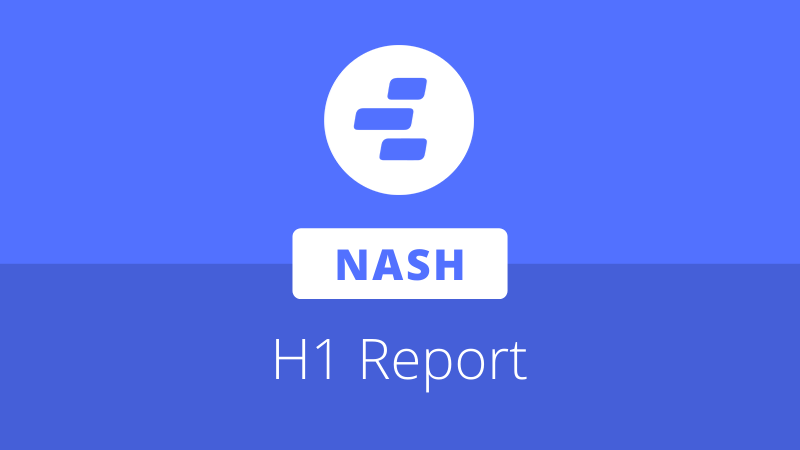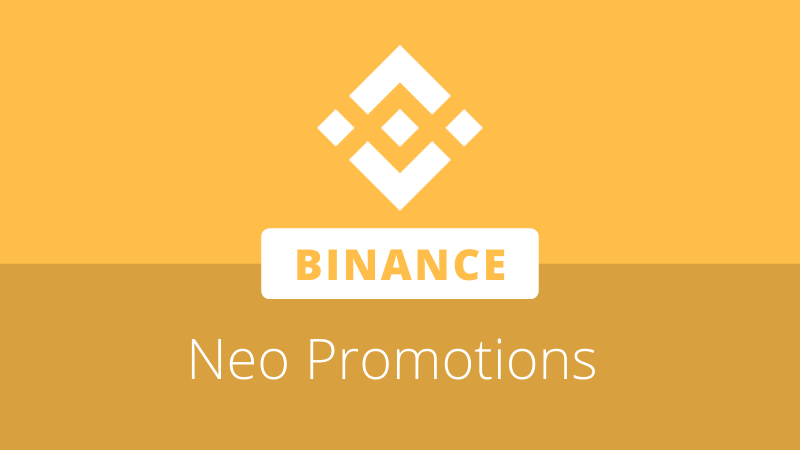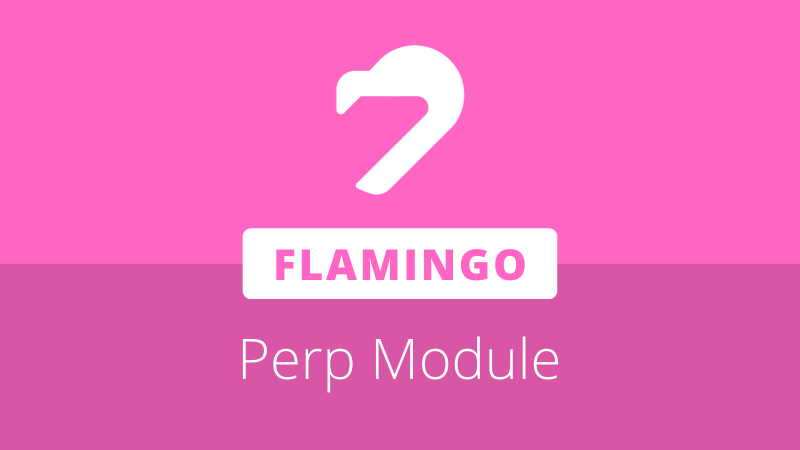
Nash is focusing on building a financial platform for the new smart economy, featuring products such as its exchange, Nash Link, and Nash Cash. Nash’s five founders hosted a live webcast where they highlighted the company’s progress during the first half of 2020.
Since January 2019, Nash leadership has kept its community abreast of developments and planning through online report events. Nash focused the H1 2020 report on its platform vision, outlining the key features and products it has released that define Nash’s unique value proposition.
Co-founder, Fabio Canesin, noted that while its very common for people within the cryptocurrency space to see Nash as just an exchange, the company offers something “much bigger than that.” Nash’s exchange is just one piece of a wider suite of products and services that it is building to accommodate the financial systems of the future.
I think that this will be a critical technology empowering finance in general. So not only DeFi as Decentralized Finance, but the primitives here, of cryptography, state channels, blockchain in general – they will all be behind the finance infrastructure of the future. So the way that Nash falls into that is that we are building today’s solutions [that] deal with all of these technologies, that could be applied into this future.
So we see blockchain continuing to become more involved in the financial world… we are looking more at how businesses and how people will use these technologies in the future.
Canesin illustrated how Nash’s non-custodial exchange is at the core of the Nash platform, allowing the company to provide other services.
One such service is Nash Cash, Nash’s fiat-to-cryptocurrency on and offramp. The Nash Cash MVP was released in September and is currently available to European customers. It enables the buying and selling of USDC to and from the Euro (EUR), offers 0% fees on buy and sell orders, and boasts a 24-hour turnaround with SEPA transfers.
Additionally, the exchange serves as a core component for the 2020 launch of Nash Link, a service that allows merchants to accept cryptocurrency for payment and automatically receive fiat currency settlement with 0% fees. Nash Link can be integrated by merchants using pre-built widgets, without needing to do any blockchain-based development themselves.
“You should have this picture where the Nash Exchange is at the center of our products, and our products feed back into it by leveraging its liquidity for offering services around cash and payments.” Canesin said. He cited the ability to offer 0% fees as one direct benefit to customers allowed through Nash’s platform architecture.
Nash claims to have employed a business philosophy of empirical testing and a compliance-first approach. Through continuous iterations based on user feedback, Nash has refined its products to meet user needs. Its compliance-first philosophy has enabled Nash to provide fully legal financial services for each region it operates in.
Co-founder, Ethan Fast, noted that the compliance bet is “starting to look pretty good recently, with some of the activity that has begun going on,” possibly in reference to the recent charges laid against BitMEX exchange by the Commodity Futures Trading Commission.
Throughout the progress and releases of 2020, Nash maintained its commitment to open-source distribution. Its MVP protocol and client SDK have been open-sourced to allow third-party developers to build on the Nash system and verify that the platform is non-custodial. Further, Nash also released OpenLimits, a free, open-source standard for cryptocurrency trading APIs that integrates best security practices.
Looking forward, Nash intends to offer more listings compatible with the Bitcoin integration for cross-chain trading. Examples include Dogecoin, Litecoin, and Bitcoin Cash.
Nash also aims to minimize barriers for Ethereum-based users. First, they will enable the withdrawal of ETH-based assets while significantly reducing fees by using state channels. Secondly, Nash is building a NEX ERC-20 bridge allowing users to swap between the NEP-5 and ERC-20 standards without wrapping tokens or affecting the overall NEX total supply.

A H1 progress summary can be found at the link below:
https://blog.nash.io/half-yearly-report-h1-2020







About The Author: Dylan Grabowski
Dylan is a reformed urban planner with a passion for covering the Neo ecosystem. His objective as a writer for Neo News Today is to report news in an objective, fact-based, non-sensational manner. When not behind a computer screen, he can be found in the mountains rock climbing. Find Dylan on Twitter (@GrabowskiDylan).
More posts by Dylan Grabowski